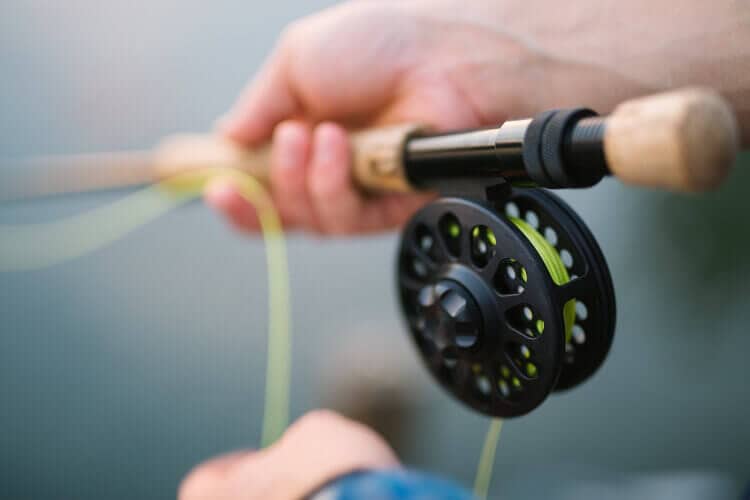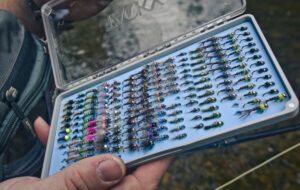Just as crucial as choosing the best rod and reel is getting the appropriate fishing line for the task. According to picking a rod weight, you must select the proper line weight (pound test rating) based on the species of fish you intend to pursue. It’s crucial to comprehend the variations in line materials before you start looking for the line. Monofilament, fluorocarbon, and braided line are the three most popular forms of angling line materials.
Fishing Line Type
Monofilament – The monofilament line has been used for many years and is typically the cheapest option. Monofilament is a wonderful choice for fishing topwater lures because of its modest sink rate, which is one of its main benefits. However, the built-in flexibility might actually assist experienced fishermen in avoiding setting hooks too firmly, which could lead to a fish coming off the hook. Stretch improves the shock absorption of monofilament lines over other lines, but it also lessens sensitivity. The lines positive side is it’s inexpensive, slow sink rate and good shock absorption
Fluorocarbon – A fluorocarbon line is a better option for fishing in cover since it tends to be more abrasion resistant than equivalent monofilament. Additionally, the fluorocarbon line stretches very little, resulting in a strong hook setting. Fluorocarbon’s significant downside is that it sinks more quickly than mono, making it less suitable for fishing topwater lures. The lines positive side is More abrasion resistant, less visible to fish, good sensitivity, powerful hook setting. downside is the line is expensive.
Braided – Due to its exceptional endurance and excellent strength-to-weight ratio, braided line has gained a lot of popularity among anglers. Compared to mono and fluoro lines with the same pound-test rating, they are significantly smaller in diameter. This indicates that braid uses less reel space. Braided fishing line has the benefit of having nearly no stretch, which results in improved sensitivity and strong hook settings. The lines positive side is High strength, smaller diameter, powerful hook sets, excellent sensitivity.
Fishing line Pound Test
What pound test to purchase after selecting a fishing line material is the next decision. Your decision will mostly be influenced by the kind of fish you’re attempting to catch. You must first conduct background research on the fishing spot, identify the species you’ll be pursuing, and ascertain the average size of those fish. Having this knowledge will make it easier to decide how much line to spool up.
What pound test to purchase after selecting a fishing line material is the next decision. Your decision will mostly be influenced by the kind of fish you’re attempting to catch.
You must first conduct background research on the fishing spot, identify the species you’ll be pursuing, and ascertain the average size of those fish. Having this knowledge will make it easier to decide how much line to spool up.
Depending on age, fish species vary in size and weight. Although most are much smaller, they can possibly reach lengths of 45 inches and weights of 50 pounds. An mature rainbow trout weighs about eight pounds on average.
In places that are fished more frequently, fish tend to be smaller. On the other hand, fish frequently get bigger in less-fished places. Because of this, some fishermen have a variety of lines on hand in case they need to switch to a bigger or thinner line.
A second effective strategy is to use a higher-poundage fishing line as backing and have a variety of leaders available in various weights.
The capacity of your reel is another very important factor to keep in mind when choosing fishing line. Most reels are equipped to handle a range of lines. take 260 yards of four-pound mono, 210 yards of six-pound mono or 140 yards of eight-pound mono. It can also handle up to 170 yards of 15-pound braided line.
Simple line linked to the end of your main line is what makes up a fishing leader. The leader’s end is then fitted with a hook or lure. Despite the fact that anglers can immediately affix bait and lures to the end of their primary fishing line.




